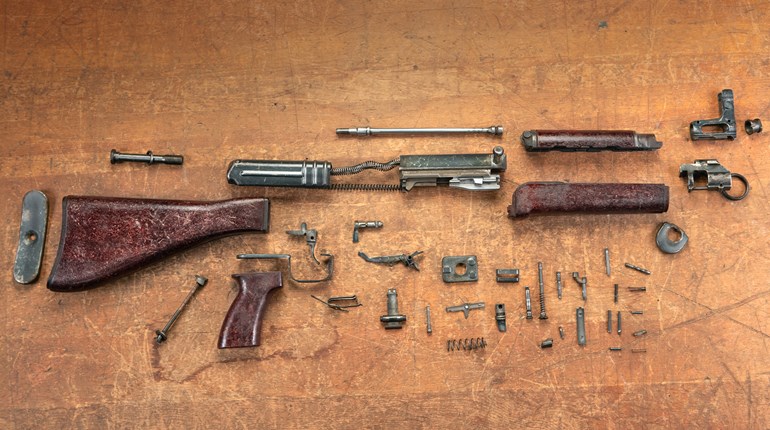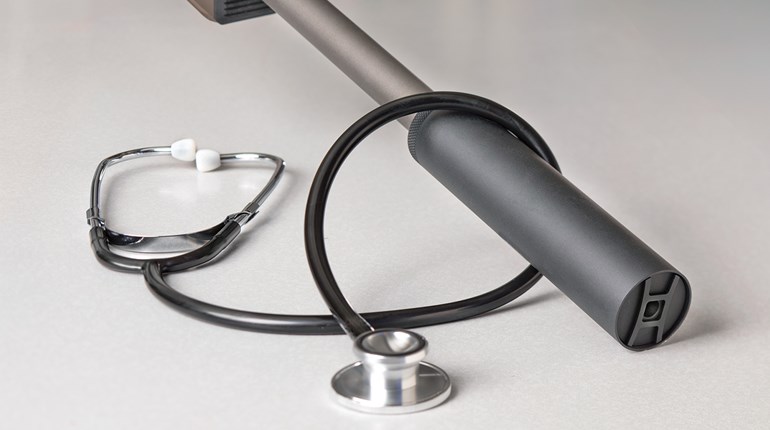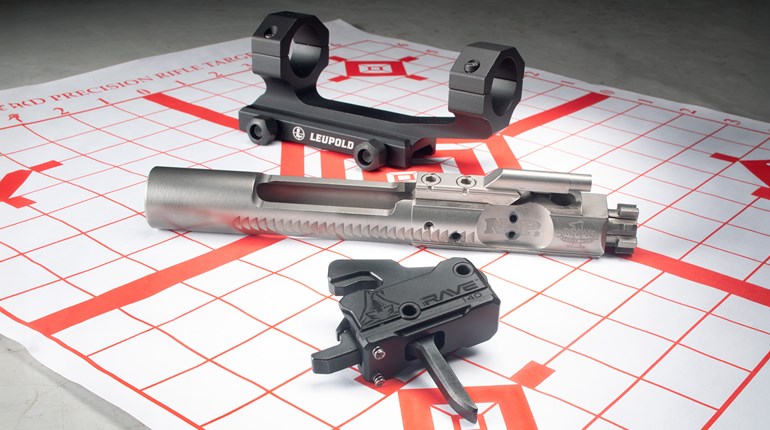
FLIR Systems has been an industry leader in the thermal-optics arena for decades. I benefited from FLIR’s thermal devices as an SOF sniper, using them effectively against enemy troops as well as to avoid human and animal concentrations at night. Thermal devices helped me stay out of trouble on several occasions, so they have a “warm” spot in my heart.
Thermal optics detect heat sources that are visible regardless of light conditions—often through vegetation, smoke and fog. The greater the temperature difference between a person or animal and the environment around them, the more distinctive the image provided by the thermal device.
The most expensive units are referred to as “cooled” and use mechanical devices to cool the inner workings so very slight temperature differences are discernible at long ranges and image resolution is accordingly superior. Unfortunately, cooled units run in the many tens of thousands of dollars. However, uncooled units can now be had for much less. While still not cheap, they’re at least obtainable without taking out a second mortgage.
Recently, I was lucky enough to lay hands on a test sample of FLIR’s new ThermoSight R-Series weapon-mounted scopes, an uncooled device that adds a gun-mountable riflescope to FLIR’s line of entry-level, handheld thermal devices. At press time, FLIR intends to market six different ThermoSight R-Series models ranging in price from $3,499 to $8,999. My test scope was not marked with a specific model number, but the company told me it was a high-resolution version retailing for $6,499.
The ThermoSight R-Series is a rubber-coated riflescope that mounts to a Picatinny rail via a single QD-lever A.R.M.S. mount. I chose to mount it on my 16-inch-barreled .308 Win. AR, because it is perfect for taking on almost any target in virtually all conditions.

I managed to zero the optic in daylight, which was no small feat. Light reflects off the ocular lens, so some sort of shielding—like a hat or rag—must be placed over the eye-to-scope gap. I had some trouble focusing the ThermoSight at first. The eyepiece focus was stiff to the point I feared I was unscrewing the eyepiece, until I saw the reticle focus gradually change. Unfortunately, that was where the focus functions end—no ability to fine-tune the target image was provided. Thankfully, I was able to focus the reticle clearly and zero the rifle within nine rounds.
The remaining controls are all digital and take some getting used to. Four rubberized buttons on top control power, zoom, reticle style and a myriad of other options that are selectable and viewable on the image screen. Four reticle options were present on my test sample: thin crosshair, thick crosshair, German post and no reticle, all in black, white, green or red. I chose the red German post for my initial zero. While confirming the zero at night I switched to the thin crosshair, with which I was able to manage just larger than 1.5-inch groups at 100 yards, versus 2-plus inches with the German post.
Displayed heat-signature color is also changeable between black-hot, white-hot and red-hot. Within the red choices are four levels of sensitivity. I found the lowest level to be best—the other levels showed too much red-hot vegetation.
ThermoSight R-Series’ buttons have different tactile indicators and I found with a few minutes’ practice, I could work through the menu to make image and zero changes easily. The only aggravation was mistakenly pressing the menu button when I wanted to zoom in or out from a target. I had to quickly exit out of the menu—a multi-step process requiring at least two buttons—then find the right zoom button before getting back on target. A mechanical zoom feature would alleviate this problem.
I was invited to help control nuisance deer at a nearby farm. The ambient temperature was 49 degrees Fahrenheit, and a bank of clouds obscured the stars and moon. I brought along my Gen 3 PVS-14 image-intensified (I²) night-vision (NV) device for comparison to the uncooled thermal system.
After two-and-a-half hours of critterless watching, I was about to give up. I did a good 360-degree scan of my area with the PVS-14 and saw nothing of note, but one last look through the ThermoSight before packing up revealed a pair of deer about 140 yards to my front. They moved very slowly and appeared only as vague black spots in my PVS-14.
The FLIR picked up both heat signatures perfectly. I zoomed in to 4X (the max for my unit) and made quick work of the larger doe. My gun dope shows a .75-inch drop at 140 yards, so I held just a hair over the heart and fired. Later inspection showed my hit was about 4 inches low. The rifle was solidly rested and the shot was clean, so I was concerned the scope may not have retained zero despite being handled with kid gloves.
 Later, I compared notes with fellow retired SOF sniper John McPhee. He has more experience with uncooled thermal optics than I, and explained one problem he commonly sees is uncooled thermal images are often slightly off target. The slow refresh rate of uncooled thermal optics complicates the problem when panning or tracking a moving target. If my deer had been much farther away, I would have missed it completely. The target image was heavily degraded with each 2X zoom step, so it may make more sense to keep power low. I suspect more experience with the ThermoSight R-Series would teach me how to work with fuzzy heat signatures and find the right mix of color and zoom.
Later, I compared notes with fellow retired SOF sniper John McPhee. He has more experience with uncooled thermal optics than I, and explained one problem he commonly sees is uncooled thermal images are often slightly off target. The slow refresh rate of uncooled thermal optics complicates the problem when panning or tracking a moving target. If my deer had been much farther away, I would have missed it completely. The target image was heavily degraded with each 2X zoom step, so it may make more sense to keep power low. I suspect more experience with the ThermoSight R-Series would teach me how to work with fuzzy heat signatures and find the right mix of color and zoom.
Eye relief is listed as 3 inches, but I found the only way to see a clear image was to get within 1 inch of the rubberized eyepiece. That could be a real problem on a fixed-stock gun or anything with heavy recoil. However, the biggest practical concern is the unit’s internal battery must be charged via a provided mini USB-to-USB cable that hooks into an AC wall plug. A replaceable battery would be a much better choice.
Setting aside the weak points, the ThermoSight R-Series proved to me an uncooled thermal scope will detect a living creature better than a quality I² NV device. It further allowed me to engage and hit my target with enough accuracy to bring it down quickly. I do not think the ThermoSight R-Series is particularly well-suited to long-range or precision-fire purposes, but my test unit was very much up to tasks like pest control, search operations and external security.





































